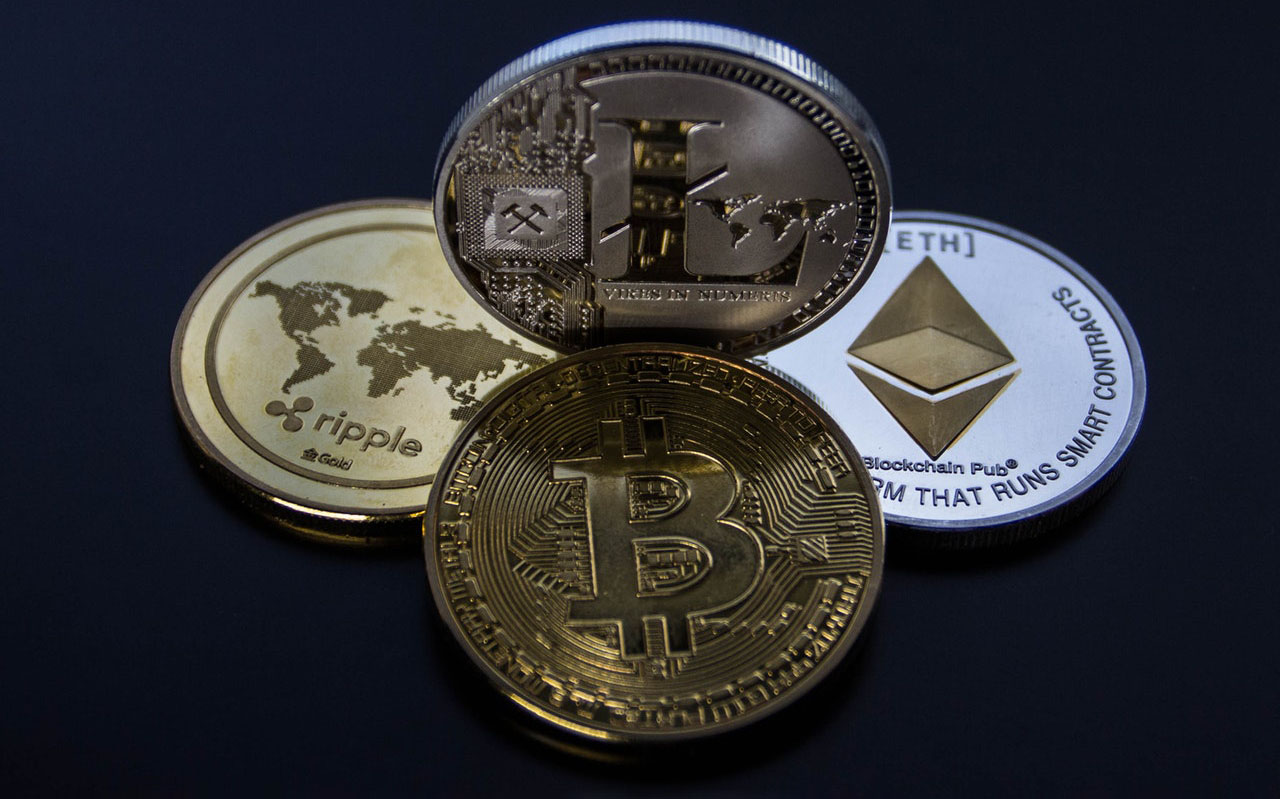Token is a digital asset that can be used to purchase goods and services, or traded for other assets. The age of a token depends on when it was created and how it has been used since then. For example, a token that was created yesterday would be considered very young, while a token that was created years ago and has been frequently traded would be considered older. Generally speaking, the age of a token is not as important as its market activity and liquidity. Nevertheless, it is still useful to know how old a particular token is, especially when making investment decisions.
Old Tokens Vs Young Tokens: What’s Differents?
Initial Coin Offerings (ICOs) have become a popular way to raise funds for blockchain-related projects. Many ICOs issue tokens that are immediately tradeable on digital asset exchanges. This means that there is a large supply of young tokens in the market. On the other hand, some projects choose to keep their tokens locked up for a period of time before they are made available for trading. As a result, there is a smaller supply of older tokens in the market.
The age of a token can impact its price and liquidity. For example, younger tokens are often less expensive than older tokens because there is a larger supply. In addition, younger tokens may be less liquid because there are fewer buyers and sellers in the market. However, age is not the only factor that determines price and liquidity. Other factors, such as the project’s stage of development, the size of its community, and the overall market conditions, can also impact these factors.
The Project’s Stage Of Development
One of the most important factors that determines a token’s price and liquidity is the stage of development of the project. Generally, tokens that are associated with projects in the early stages of development are less expensive and less liquid than tokens associated with more established projects. This is because there is more risk associated with early-stage projects. Investors are often willing to pay less for tokens that are associated with early-stage projects because there is a higher chance that the project will not be successful. In addition, there are often fewer buyers and sellers in the market for early-stage project tokens, which can impact liquidity.
The Size Of The Community
Another factor that can impact a token’s price and liquidity is the size of the project’s community. A large and active community is often a good sign that a project is popular and has strong support. This can make it easier to buy and sell tokens associated with the project, as there are likely to be more buyers and sellers in the market. In addition, a large community can provide valuable feedback and help to improve the project.
A small community, on the other hand, may indicate that a project is not as popular or well-known. This can make it more difficult to find buyers and sellers, and the token may be less liquid as a result. In addition, a small community may not be able to provide as much feedback or support to the development team.
The Age Of The Token
Another important factor to consider when assessing a token is the age of the project. A newer project may be more volatile and risky, as it has not had as much time to prove itself. However, a newer project may also have more potential for growth than an established one. An older project may be more stable, but it may also be less innovative or dynamic.
When considering the age of a token, it is important to look at how long the project has been running and how long the token has been available on exchanges. A project that has been running for several years is likely to be more stable than one that is only a few months old. Similarly, a token that has been traded on exchanges for a longer period of time is likely to be more liquid and have a higher market capitalization than one that is new to the market.
While the age of a token is not necessarily the most important factor to consider, it can give you some insight into the stability and liquidity of the token. If you are investing in a newer project, make sure to do your due diligence and research the team behind it thoroughly before investing. And if you’re considering investing in an established project, remember that it may be less risky but also less dynamic than some of its younger counterparts.
Top 5 Tokens Projects by Age

1. Bitcoin (BTC) – 10 years old. Bitcoin, the first and most well-known cryptocurrency, was created in 2009.
2. Ethereum (ETH) – 5 years old. Ethereum, which provides a platform for decentralized apps and smart contracts, was launched in 2014.
3. Ripple (XRP) – 4 years old. Ripple is a real-time gross settlement system (RTGS), currency exchange and remittance network built on a distributed ledger database.
4. Litecoin (LTC) – 7 years old. Litecoin is a fork of Bitcoin that has faster transaction times and improved storage efficiency.
5. Monero (XMR) – 4 years old. Monero is a privacy-focused cryptocurrency that uses ring signatures and stealth addresses to conceal transactions.
These five cryptocurrencies are all well-established and have built up a strong community of users and developers. They also have the advantage of being some of the most liquid cryptocurrencies, which makes them easy to buy and sell.
Summary
The age of a token can be a helpful indicator of its liquidity and market capitalization. If you are investing in a newer project, make sure to do your due diligence and research the team behind it thoroughly before investing. And if you’re considering investing in an established project, remember that it may be less risky but also less dynamic than some of its younger counterparts.
And remember, all factors are important to consider when making any investment decision, because this will help you to get a better sense of the risks and rewards involved in investing in a particular token.

He specializes in taking rough business ideas and making sure they are both financially and technically feasible (with a focus on blockchain, tokenomics advisory, DeFi, AI and the finance industry). Also he has a deep knowledge in tax rate and comissions.
